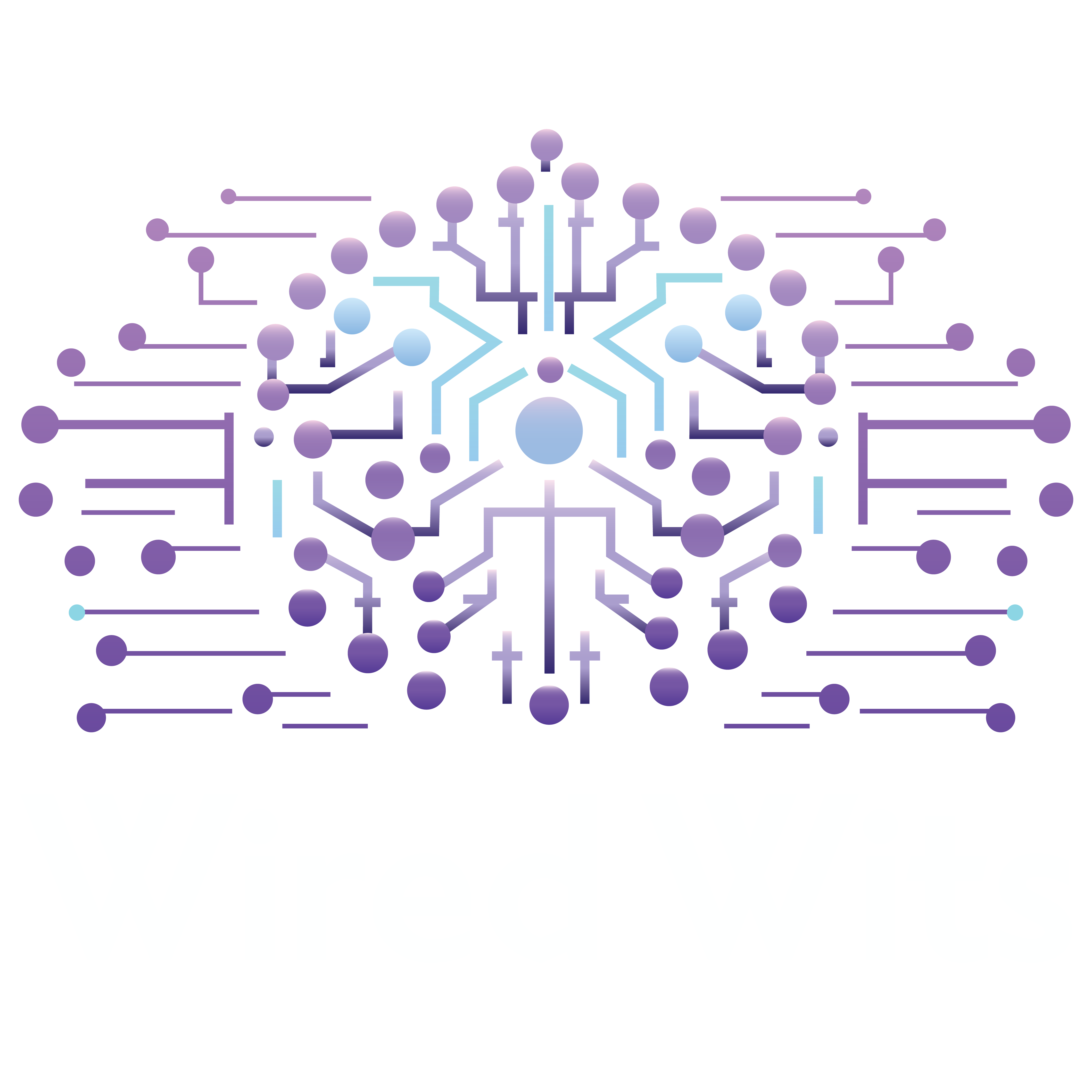Cybersecurity for Small Businesses Challenges
In today’s digital landscape, cybersecurity for small business has become a critical concern. With the rise of cyber threats like phishing scams, ransomware attacks, and malware infections, small business owners must prioritize safeguarding their digital assets and customer data. The consequences of a cyber attack can be devastating, leading to financial losses, reputational damage, and even business closure. However, by understanding the threats and implementing effective cybersecurity strategies, small businesses can protect their dreams and thrive in the digital age.
Primary Attacks Targeting Small Businesses
Phishing Scams
Phishing scams are one of the most common cybersecurity threats faced by small businesses. These attacks involve cyber criminals sending deceptive emails or messages that appear to be from trusted sources, tricking recipients into revealing sensitive information or clicking on malicious links. Phishing scams often exploit emotions like urgency or fear to pressure victims into making rash decisions without thinking logically.
Ransomware Attacks
Ransomware attacks have become increasingly prevalent, targeting small businesses with limited resources. In these attacks, cyber criminals encrypt a company’s data and demand a ransom payment in exchange for the decryption key. The financial and operational impact of ransomware can be severe, with many small businesses struggling to recover from such incidents.
Malware Infections
Malicious software, also known as Malware, is another significant threat to small businesses. Malware can infect systems through various means, such as email attachments, compromised websites, or infected removable devices. Once inside, malware can steal data, disrupt operations, or provide unauthorized access to cyber criminals.
The Impact of Cyber Attacks on Small Businesses
The consequences of cyber attacks on small businesses can be catastrophic. According to recent statistics:
- 73% of US small business owners reported a cyber attack last year.
- Secondly, an estimated 90% of cyber security breaches worldwide occur in small businesses.
- Thirdly, the average recovery costs for small businesses can range between $15,000 and $25,000. In addition, the recovery time averages 279 days.
- Lastly, a substantial 60% of small businesses reportedly close within six months of being hacked.
These alarming figures underscore the importance of implementing robust cybersecurity for small business measures to protect against the devastating impact of cyber incidents.
Cybersecurity for Small Business Case Study: Wired Wits Phishing Scam
Case Study: Wired Wits Phishing Scam
To illustrate the tactics used by cyber criminals and the thought process behind identifying and responding to a phishing scam, let me share a real-life case study involving my small business, Wired Wits.
Scammers attempted to target Wired Wits by submitting multiple feedback forms on our website. The first form was addressed to a different company, indicating the use of a template. The subsequent forms contained urgency, fear, and other emotional triggers designed to provoke a rash response.
However, I remained calm and followed a logical approach:
- First, I knew that user data was not captured or stored on the Wired Wits platform.
- Second, when I saw the incorrect company name in the first form, I figured the scammers were using a template. The goal being to spam as many businesses as possible and hope to get a few to take the bait.
- Third, I recognized the emotional tactics employed in the feedback submissions as attempts to elicit an impulsive reaction. The more panicked and afraid you are the less likely you will be to see the signs.
- Finally, I Googled the verbiage from the forms and found several reports confirming my initial suspicions of a phishing scam.
The key takeaways from this case study include:
- Understanding my platform setup and data storage practices meant I knew the scammers were phishing.
- Utilizing trusted third parties to handle sensitive data, such as email addresses and payment information.
- Adopting a minimalist approach to data collection, capturing only the necessary information to provide services.
Key Strategies for Cybersecurity for Small Business Defense

To effectively protect against cyber threats, small businesses should implement the following strategies:
Educating Users and Staff: User education and awareness are critical in preventing cyber attacks. Regular training programs should be conducted to help employees identify and report potential threats, such as phishing emails or suspicious activities.
Leveraging Secure Third-Party Services: Utilizing secure third-party services for handling sensitive data, such as customer information or payment details, can significantly reduce the risk of data breaches. These services specialize in data protection and employ robust security measures to safeguard information.
Age Verification without Compromising Privacy: For businesses catering to specific age groups, implementing age verification processes that maintain user privacy is essential. Leveraging secure and privacy-centric age verification solutions can help ensure compliance while protecting user data.
Creating a Cybersecurity for Small Business Plan
Developing a comprehensive cybersecurity plan is crucial for small businesses. The plan should include both proactive and defensive measures, such as:
- Regular security assessments to identify vulnerabilities
- Employee training on cybersecurity best practices
- Access controls and user privilege management
- Data encryption for sensitive information
- Multi-factor authentication (MFA) for enhanced security
- Regular software updates to patch vulnerabilities
- Backup and recovery plans for critical data
- Incident detection tools like antivirus software and firewalls
Additionally, the cybersecurity plan should outline a clear incident response strategy, including:
- Designating an incident response team
- Establishing communication protocols for internal and external stakeholders
- Procedures for analyzing, containing, and eradicating threats
- Recovery steps to restore systems and data
- Post-incident review to identify lessons learned and improve future response efforts
- Ensuring compliance with legal and regulatory requirements
- Considering cyber insurance to mitigate financial losses
Subsequently, by creating a detailed cybersecurity for small business plan, owners can remove emotions from the equation. And as a result, respond effectively to cyber incidents, making level-headed decisions to minimize the impact on their operations and reputation.

Trends in AI and Cybersecurity for Small Business
Artificial intelligence (AI) is increasingly being leveraged in cybersecurity defense, offering small businesses powerful tools to detect and combat cyber threats. AI-based solutions can analyze vast amounts of data, identify patterns, and detect anomalies in real-time, enabling quick response to potential threats.
To explore AI-driven cybersecurity options, small business owners can start by researching the following resources:
These articles provide valuable insights into the applications of AI in cybersecurity for small business and introduce some of the leading AI-based solutions available in the market.
Conclusion
In conclusion, in the ever-evolving landscape of cybersecurity, small businesses must remain vigilant and proactive in protecting their digital assets and customer data. By understanding the primary threats, implementing effective cybersecurity strategies, and leveraging AI-driven solutions, small business owners can safeguard their dreams and navigate the challenges posed by cyber criminals.
Lastly, we encourage readers to evaluate their own cybersecurity measures and consider integrating AI-based solutions into their defense strategies. We invite you to share your thoughts, experiences, and feedback related to cybersecurity challenges and solutions in the comments section and our sub-Reddit r/wiredwits. You can also follow us on X (Twitter) @WiredWits for the latest updates and insights on cybersecurity and other technology trends impacting small businesses. Consequently, you can also read our previous articles about small business challenges HERE.
Finally, investing in cybersecurity is not just about protecting your business; it’s about securing your dream and ensuring the long-term success of your venture in the digital age.

